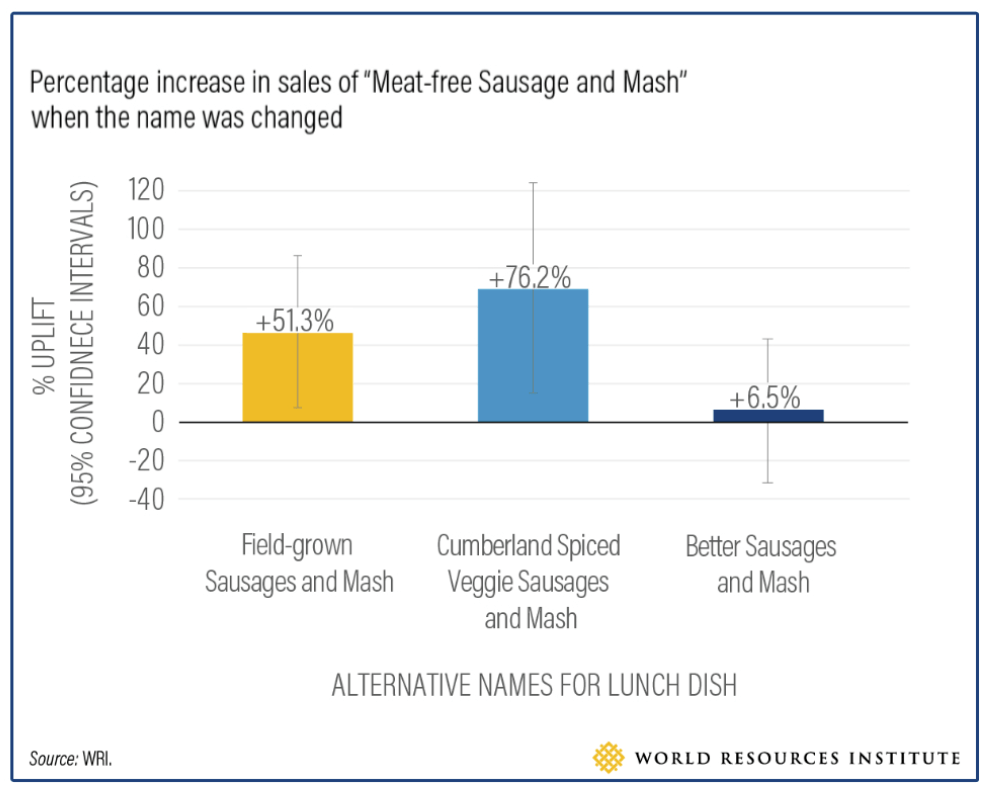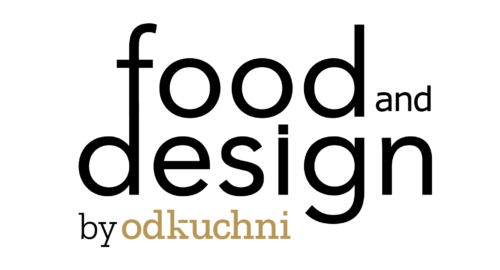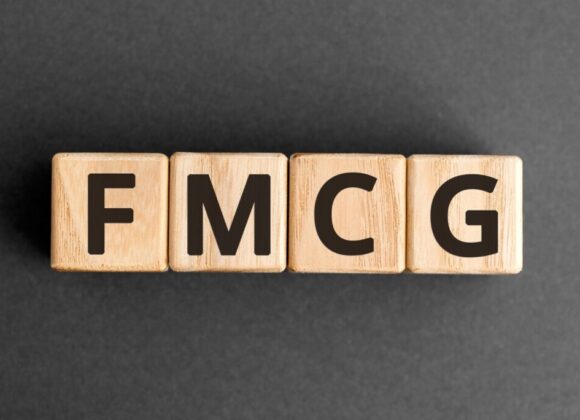Dlaczego zbudowanie strategii marki, a następnie strategii komunikacji jest tak ważne? Gdzie nie popełnić błędów i jak nie zgubić się w czeluściach marketingowych wzorów? I czy w ogóle warto tracić czas i pieniądze na budowanie strategii? Na te i inne pytania znajdziesz odpowiedzi w poniższym tekście!
Wszyscy słyszeli o tym, że warto mieć strategię. Że praca bez strategii jest bez sensu. Ale… czym tak naprawdę jest ta cała strategia?
Zacznijmy od początku. Rozróżniamy kilka rodzajów strategii – ja dziś skoncentruję się na strategii marki i strategii komunikacji, czyli dwóch nieodłącznych elementach budowania marki na mocnych fundamentach.
Upraszczając – czy zbudowałbyś/zbudowałabyś dom bez wcześniejszego zlecenia projektu architektowi?
Bez dokładnego rysunku nie byłoby wiadomo, gdzie mają być ściany, a nawet gniazdka z prądem. Podobnie jest z prowadzeniem firmy czy budowaniem marki bez bazowania na strategii i jej konsekwentnego realizowania. Bardziej kulinarnym przykładem jest pieczenie chleba. Czy upiekłbyś/upiekłabyś chleb bez przepisu? Możliwe, że tak, ale znając życie wyszedłby zakalec. Dokładnie tak samo jest z budowaniem marki bez strategii. A przecież nikt z nas nie chce mieć zakalca, tylko dobrze prosperujące firmy. 🙂
Jeśli nie będziesz mieć porządnie stworzonej strategii, zapanowanie nad komunikacją czy jej spójnością może być znacznie utrudnione. Dodatkowo – co najważniejsze – bez usystematyzowania kluczowych spraw nie będziesz w stanie wypracować przewagi konkurencyjnej, która pozwoli Ci odnieść sukces.
Strategia marki to forma spisanego dokumentu, w którym znajduje się pełna analiza sytuacji wyjściowej, analiza konkurencji, cel powstania marki, jej filary, wartości, pozycjonowanie, wizerunek, osobowość czy przewagi konkurencyjne. Strategia marki jest pierwszym elementem układanki strategicznej, drugim elementem jest strategia komunikacji, czyli przełożenie wszystkich założeń strategii marki na komunikację.
W codziennej pracy z właścicielami marek z sektorów spożywczych i HoReCa spotykam się z tym, że działają bez strategii, a gdy zadaję im podstawowe pytania, jak:
- Jakie są Twoje przewagi konkurencyjne?
- Jaka jest Twoja grupa docelowa? Kto jest Twoim klientem?
- Dlaczego komunikacja Twojej marki jest prowadzona akurat w taki sposób? Czy ma to jakiś logiczny sens? Jest to oparte na jakichkolwiek badaniach rynku?
… słyszę zazwyczaj: „nasze produkty są po prostu najlepsze, więc na pewno jak zaczniecie komunikację to wszystko nam się poukłada”. No niestety, tak to nie wygląda. Dlatego, jak mantrę, zawsze powtarzam: ZAWSZE ZACZYNAMY OD STRATEGII. Samym produktem nie wygrasz. Wygrasz tym, jak o nim opowiesz i jaką jego wizję zbudujesz w umysłach potencjalnych klientów.
Jeśli miałabym podsumować cały temat w jednym zdaniu, powiedziałabym: Strategia marki mówi kim jesteś, strategia komunikacji określa, jak przekazać Twoje wartości i mocne strony światu, a komunikacja wizualna potęguje emocje, które chcesz przekazać potencjalnym klientom.
Zatem… od czego zacząć?
-
Etap badawczo – analityczny
My w Od kuchni zawsze zaczynamy od porządnego researchu rynku i badań. Nie tylko tych naszych, rodzimych, polskich, ale też zagranicznych. Dzięki temu wiemy, co trenduje, w jaką stronę rozwijają się pewne sektory i na co warto zwrócić uwagę. Następnie poznajemy główne marki konkurencyjne. Jak się komunikują? Jakiego języka używają? Jakie mają wartości? Jakie posiadają mocne i słabe strony? Jaki asortyment? Na tym etapie każdy element ma znaczenie.
W moich tekstach lubię przytaczać przykłady z życia, bo jest to najlepsza metoda zrozumienia tematu. Poza tym… teoria nie jest zbyt ciekawa!
Przykład: Razem z moim zespołem pracowałam nad jedną ze strategii dla nowej marki produktów roślinnych. Wtedy ten sektor produktów spożywczych dopiero raczkował i wszystkie marki krzyczały, że są wegańskie i w 100% bez mięsa, dlatego klient także chciał, aby bazować na tym, że produkty są „w 100% wegańskie”. Podczas pierwszego etapu pracy nad budową strategii dotarłam do badań dotyczących tego, w jaki sposób dobór konkretnych słów wpływa na podejmowanie decyzji konsumenckich. Okazało się, że ludzie chętniej sięgają po produkty nazwane „plant-based” (roślinne) niż „vegan” (wegańskie). Dlaczego? Bo to, co wegańskie, wydawało się inne, niż to, co znamy. A jak inne, to (zdaniem wielu) gorsze. Poniekąd dzięki porządnemu researchowi na początku budowania tej roślinnej marki w 100% wykluczyliśmy z komunikacji słowo „wegańskie” i zastąpiliśmy je „roślinnym”. Dzięki temu nie zawęziliśmy grupy docelowej jedynie do wegan, lecz postawiliśmy na flexitarian, czyli grupę osób, które jedzą mięso, ale starają się jeść go mniej, lubią nowe smaki i nie boją się odkrywać nowych kulinarnych ścieżek. Stworzyliśmy więc mocny core naszych grup docelowych. Fragment badania poniżej:

źródło: World Resource Institute’s (W.R.I.)
2. Etap strategiczny
Jeśli zakładasz firmę lub budujesz markę – masz w głowie pewien jej obraz. W końcu, jeśli człowiek decyduje się na tak duży krok, zazwyczaj jest to przemyślana decyzja. No właśnie. Na tym etapie powinieneś/powinnaś wszystko to, co masz w głowie, przełożyć na papier. Najlepiej, gdy odpowiesz sobie na kilka pytań:
- Jakie są wyróżniki mojej marki? Czym wyróżnię/wyróżniam się na tle konkurencji?
- Jakie mam przewagi?
- Na jakie potrzeby klienta odpowiada moja marka? W czym mogę „ułatwić mu życie”? Jakich pociech dostarczyć?
- Dlaczego klient ma zaufać mojej marce? Jakie są ku temu przesłanki?
- Jakie są mocne strony mojej marki? Jaka historia za nią stoi?
- W jaki sposób chcę komunikować się ze światem i jak chcę być odbierany?
Następnie, gdy już odpowiesz na wszystkie te pytania, powinien w Twojej głowie powstać obraz docelowego konsumenta/odbiorcy Twoich produktów lub usług.
I… znów masz kolejne, bojowe zadanie. Na tym etapie postaraj się:
- szczegółowo określić profil odbiorców marki (zarówno demograficznie, jak i geograficznie, psychograficznie oraz behawioralnie);
- szczegółowo określić profil odbiorców pod kątem ich potrzeb czy mechanizmów decyzyjnych – w jaki sposób podejmują decyzje, dlaczego mają wybrać akurat Twój produkt, co może skłonić ich do zakupu.
Ważne jest także, aby odpowiedzieć sobie na jedno, ważne pytanie – jeśli moja marka byłaby człowiekiem, to jakie miałaby cechy? Jakie rzeczy by lubiła? Jakim językiem się posługiwała? Brzmi banalnie, a bardzo ułatwia zbudowanie naprawdę spójnej koncepcji marki i całej jej komunikacji. W końcu inaczej komunikowałby się ze światem elegancki i elokwentny mężczyzna po 45 roku życia, a inaczej młoda dziewczyna, około 30-stki, lubiąca szybkie tempo życia, kuchnię japońską i podróże na własną rękę, prawda?

źródło: https://www.searchenginejournal.com/
3. Etap komunikacyjny
Na tym etapie już mniej więcej powinniśmy mieć zarys naszej marki i tego, jakie wartości reprezentuje i jakie ma mocne oraz słabe strony, dlatego możemy już przejść do planowania komunikacji.
Od czego zacząć?
- Przygotuj wytyczne komunikacyjne – ważne są nie tylko styl czy charakter komunikacji, lecz również strona wizualna. Jakimi kolorami będzie posługiwać się Twoja marka (w tym przypadku nie zapomnij o doborze kolorów zgodnie z psychologią kolorów!)? Jaki rodzaj zdjęć i grafik odpowiednio odzwierciedli Twoje założenia? Pamiętaj – ludzie kupują oczami, dlatego ważne jest nie tylko to, w jaki sposób mówisz o danej marce, lecz również to, w jaki sposób prezentujesz ją wizualnie;
- Określ w jakich kanałach (w tym także w jakich social mediach) chcesz zaistnieć, w jaki sposób oraz jakim językiem, a raczej jego tonem chcesz się posługiwać, aby trafić do właściwej grupy docelowej;
- Określ dokładne grupy docelowe (pomogą Ci w tym badania przeprowadzone w etapie strategicznym);
- Przemyśl, jaki budżet jesteś w stanie przeznaczyć na promocję w danym medium;
- Rozpisz tematy, jakie chcesz rozwijać w poszczególnych kanałach komunikacyjnych.
To wielki skrót tego, w jaki sposób powinno się podejść do strategii marki i strategii komunikacji, jednak zebrałam tu najważniejsze jej elementy. Z doświadczenia wiem, że bardzo trudno jest podejść do własnej marki naprawdę racjonalnie, dlatego, jeśli masz problem z rozłożeniem jej „na części pierwsze” – najlepiej zleć to profesjonalistom. Pamiętaj tylko, aby przy wyborze odpowiedniej agencji czy podwykonawcy sprawdzić, czy ma doświadczenie w budowaniu strategii marek. Nie jest to takie proste i oczywiste, jak może się wydawać!










 Młodszy specjalista ds. komunikacji marketingowej i PR.
Młodszy specjalista ds. komunikacji marketingowej i PR.


 Absolwent Uniwersytetu Warszawskiego oraz Szkoły Głównej Gospodarstwa Wiejskiego. W branży HoReCa od ponad 10 lat. Przez lata związany z Grupą Trip, Sobienie Królewskie Golf and Country Club oraz restauracją Florentin w Warszawe.
Absolwent Uniwersytetu Warszawskiego oraz Szkoły Głównej Gospodarstwa Wiejskiego. W branży HoReCa od ponad 10 lat. Przez lata związany z Grupą Trip, Sobienie Królewskie Golf and Country Club oraz restauracją Florentin w Warszawe. Absolwentka Wydziału Architektury Politechniki Warszawskiej na kierunku Architecture for Society of Knowledge oraz Komunikacji Wizualnej na Politecnico di Milano. Specjalistka od budowania nastroju. Doświadczenie zdobywała w kraju i zagranicą podczas licznych warsztatów międzynarodowych (Sevilla, Lizbona, Florencja), stypendium na La Sapienza (Rzym) oraz pracując m.in. w Carmi e Ubertis i ADM Milano.
Absolwentka Wydziału Architektury Politechniki Warszawskiej na kierunku Architecture for Society of Knowledge oraz Komunikacji Wizualnej na Politecnico di Milano. Specjalistka od budowania nastroju. Doświadczenie zdobywała w kraju i zagranicą podczas licznych warsztatów międzynarodowych (Sevilla, Lizbona, Florencja), stypendium na La Sapienza (Rzym) oraz pracując m.in. w Carmi e Ubertis i ADM Milano.








 Menedżer z wieloletnim doświadczeniem w branżach kosmetycznej, spożywczej, dziecięcej. W trakcie swojej kariery związany z firmami takimi jak: L’Oreal, Samsung, Danone-Nutricia, Unilever. W ciągu swojego życia zawodowego odpowiadał między innymi za rozwój sprzedaży i contentu eCommerce w Polsce i krajach Europy Środkowo-Wschodniej.
Menedżer z wieloletnim doświadczeniem w branżach kosmetycznej, spożywczej, dziecięcej. W trakcie swojej kariery związany z firmami takimi jak: L’Oreal, Samsung, Danone-Nutricia, Unilever. W ciągu swojego życia zawodowego odpowiadał między innymi za rozwój sprzedaży i contentu eCommerce w Polsce i krajach Europy Środkowo-Wschodniej. 

























































